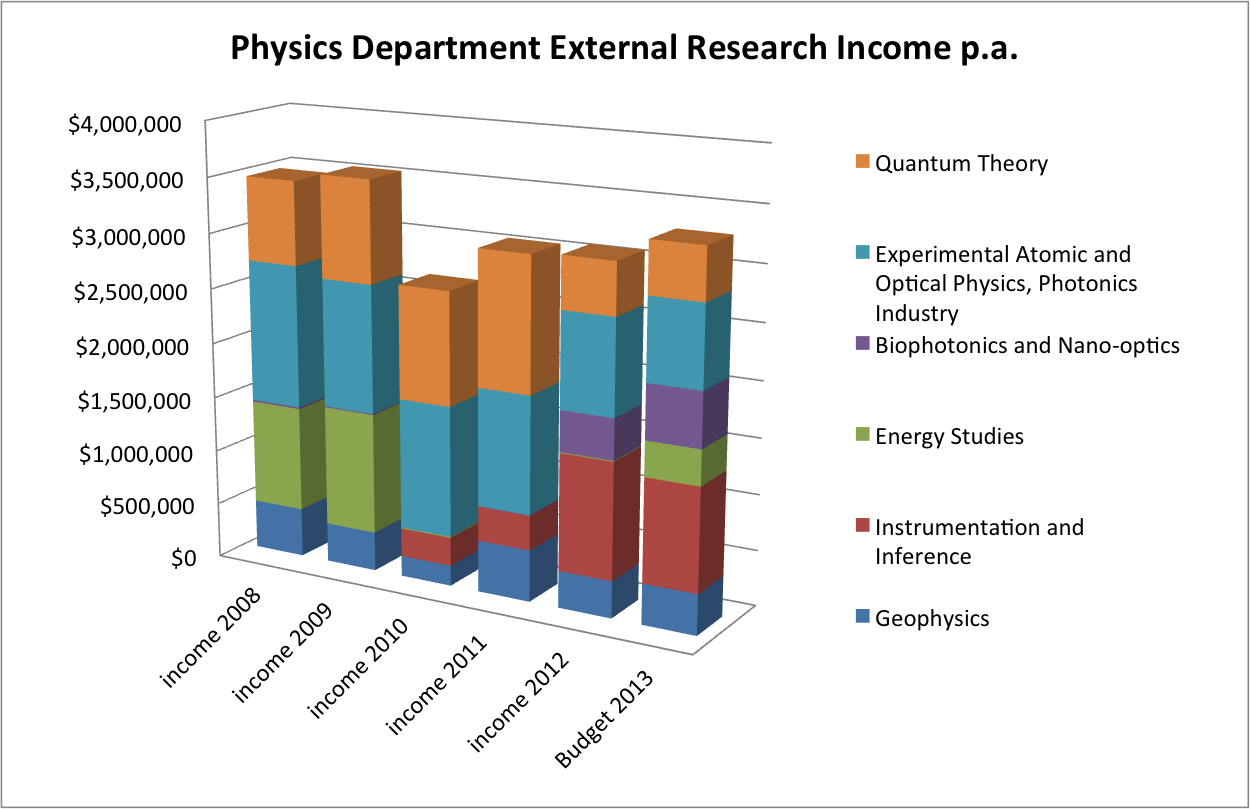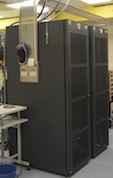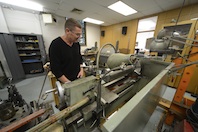The Physics Department of the University of Otago was the first Physics Department established in New Zealand, and physics was a foundation discipline when the University opened in July 1871. Today, the Department embraces innovative teaching methods, promotes a vigorous research ethos, and is committed both to Physics as a discipline and to its applications. Our key objectives are to provide students with the highest quality education, and to produce research of international excellence.
The University is located in the city of Dunedin, a vibrant University town in which the students and their activities contribute strongly to the vitality of the community.

The Physics Department shares a well appointed, purpose-designed building (Science III) with the Department of Mathematics and Statistics, and administratively lies within the Division of Sciences.
We have a diverse range of research activities, from theoretical studies of ultracold atoms, to the fabrication of tiny electronic tags for tracking seabirds and other wildlife. We have attracted a talented group of post-doctoral researchers who work closely with senior academic staff, and a vibrant community of post-graduate students organise student oriented social and academic events.
Staff
| Academic | 15 |
| Teaching-only | 6 |
| Research-only | 19 |
| Honorary | 2 |
| IT and Technical Support | 7 |
| Administration | 7 |
| Total | 56 |
Students
The department has a diverse and vibrant community of students.
| Level | Number of Students | Female | International |
|---|---|---|---|
| PhD | 35 | 31% | 51% |
| MSc | 11 | 3% | 1% |
| 400-level | 18 | 17% | 17% |
Research
The Department receives external research funding spread over six research themes.

Experimental Atomic and Optical Physics, Quantum Theory, and Photonics & Biophotonics are concentrated in the Centre for Quantum Science.
Facilities

Computing facilities are supported by two full-time, specialized IT staff members, who develop and maintain a sophisticated departmental IT infrastructure. This includes research and teaching laboratories, high-performance computers, networking, and database services. Their expertise includes data acquisition and interfacing with instruments, and system administration on our high-performance cluster, which is shared with the Chemistry and Mathematics Departments. This Silicon Graphics Xeon Cluster has 23 nodes, 216 cores and 0.7 TB of RAM. In addition, the University is a partner in NESI, the national High Performance Computing facility, which provides low-cost access to a large cluster, and the NIWA supercomputer.

The Mechanical Workshop provides mechanical services over a huge range of scales from tiny precision-engineered vacuum and optical components, to a portable wind and solar powerstation for a remote location. In 2011, our workshop staff were awarded a Rotary Pride of Workmanship Award, and the University of Otago General Staff Award for Exceptional Performance.
The Electronics Workshop staff provide assistance and advice on a wide range of electronics issues. They design and manufacture circuit boards using modern surface-mounting techniques, and maintain a stock of commonly used components.
Climate Chambers
The Climate Chambers in the Department of Physics are temperature and humidity controlled with a range of -5°C to 50°C and 30% to 90% respectively, with the temperature controllable to +/- .5 degrees. The area of each chamber is 18.5m2 and has a floor loading of 1 ton. They are available for equipment testing, process development and could also be utilised as a humidity and acclimatisation facility for sports people. Contact Dr Sam Lowrey for further information
Researchers have access to specialised laboratory equipment such as cryogenic vacuum systems, optical and electronic test and measurement instrumentation, and a large selection of narrow-linewidth lasers suitable for atomic physics.
More Information
For more information about the department, visit these other pages on our site:
A more detailed description of the department and its history can be found in an article in the Bulletin of the Association of Asia-Pacific Physics Societies